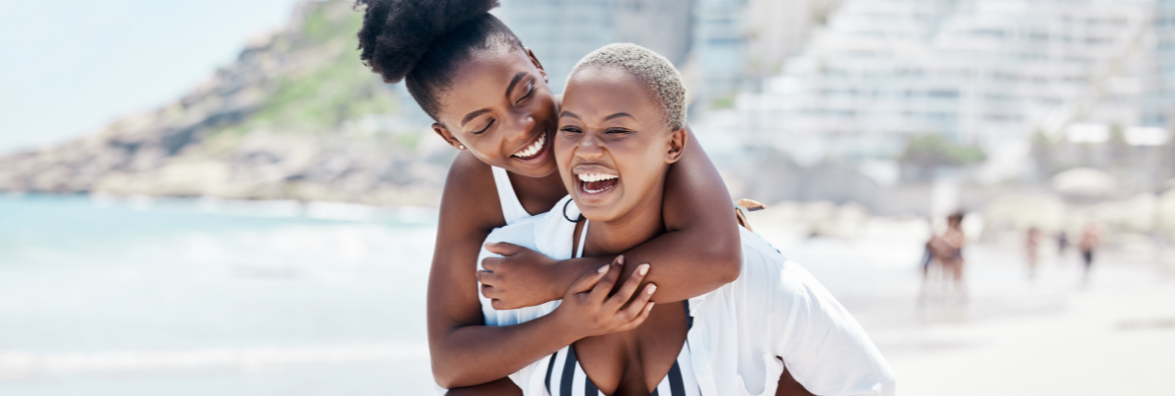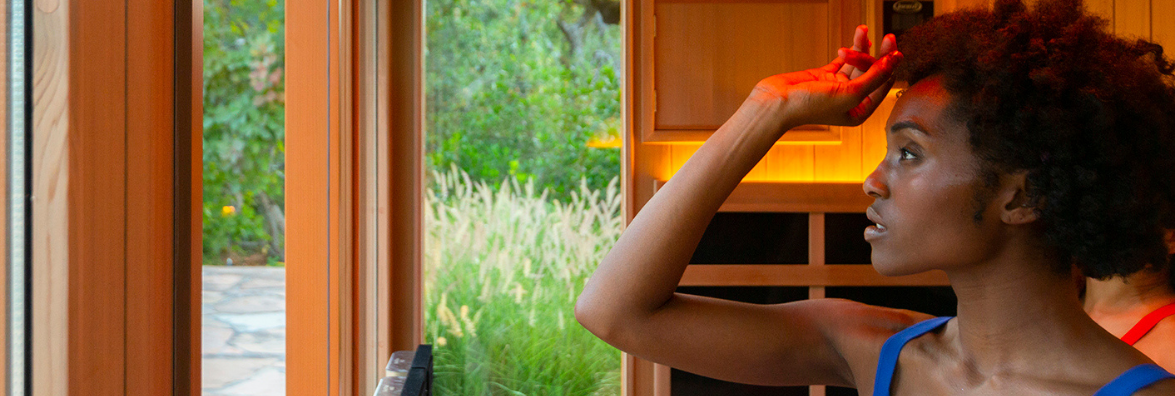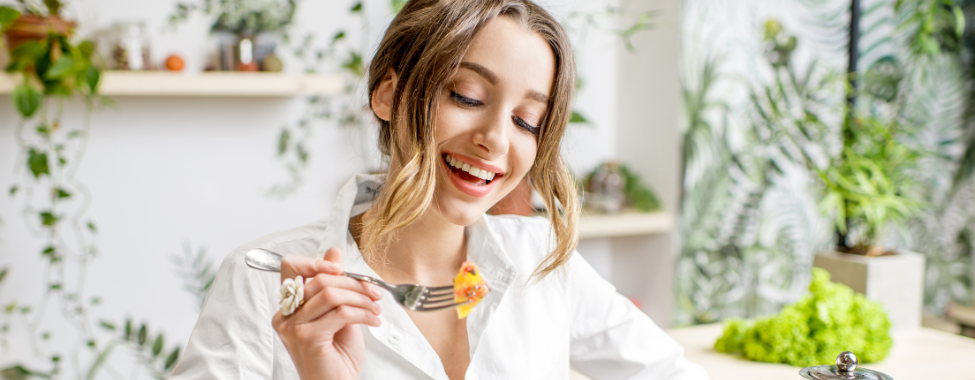Adding red light therapy and salt therapy to your health routine can both be helpful practices to help you feel better inside-out. By including additional therapies to your sauna experience, you can enjoy added health benefits such as better skin health, boosted mood, improved respiratory health, reduced pain, and more. Learn more about these additions and how red light therapy and salt therapy can help boost your health and wellness results by helping you feel better both inside and out, and read on about how you can incorporate them into your infrared sauna sessions for even more benefits!

Red Light Therapy
Red light therapy, or RLT, is a technique used to help promote healthy cell growth and regeneration. Today’s practice of red light therapy can be used in the treatment of a wide range of issues such as skin conditions and wound healing. There are many ways to utilize this therapy by simply placing red light technology near your body, from light towers and saunas to handheld devices and face masks.
Red light therapy works by using red low-level wavelengths of light to produce a biochemical effect in cells by penetrating approximately 5 millimeters below the skin’s surface. This effect helps strengthen the mitochondria and increase cell energy to improve the performance of cells. Stronger cells increase productivity and effectiveness for proper rejuvenation and damage repair. Overall, the body uses these boosted cells to increase healing time and improve the condition of ailments caused by degenerative cells.
The light from near-infrared LEDs has been shown to provide health benefits such as bringing energy to cells, reducing pain, increasing collagen and elastin production in skin cells, speeding up the wound healing process, reducing inflammation, and providing numerous anti-aging benefits.

Salt Therapy (Halotherapy)
The practice of salt therapy, or halotherapy, uses microsalt to promote a range of health benefits once inhaled. Many believe that when people inhale this salty air, it can help stimulate their respiratory system, reduce inflammation, fight infection, clear blockages, and reduce discomfort. The treatment is intended to recreate the atmosphere of salt caves with a high concentration of micronized salt in the air.
Salt is antibacterial and anti-inflammatory, and can help with excessive mucus, pathogen agents, digestive issues, depression, skin conditions, and immune system oversensitivity. Microsalt is especially effective when used for respiratory and skin conditions. Halotherapy also helps improve mental health and boosts mood. Salt contains negatively charged ions that help balance serotonin and leave you feeling invigorated, positive, and stress-free.
In the respiratory system, the main halotherapy benefits (antibacterial, anti-inflammatory, hydrophilic, and mucokinetic) help stimulate the body’s process of cleansing the system to eliminate foreign particles such as pollutants and allergens to restore proper respiratory functions. For the skin, salt therapy helps regulate pH levels and enhances the reparative and regenerative properties. It can also boost the production of collagen fibers for rejuvenation and lymph cells for an immune system boost.
Full Spectrum Infrared Therapy
Full spectrum infrared therapy involves using infrared waves to penetrate into the body and provide a number of long-lasting health benefits. These waves promote healthy function of the body’s cells and in turn improve healing, circulation, and detoxification. Infrared heat therapy penetrates nearly 5 centimeters into the skin, making it a perfect therapy to use in conjunction with red light therapy that penetrates 5 millimeters. And when adding halotherapy as well, you can target the surface of your skin and your respiratory system.
By combining all three therapies in your wellness routine, you allow multiple levels of your body to heal and rejuvenate. Detoxification, pain relief, improved skin conditions, enhanced mood, better respiratory health, and boosted immune system health are just a few of the health benefits you will experience when combining these health therapies.
However, it is important to note that you’ll want to use your red light and salt therapy devices separately, as the salt particles can affect the longevity of red light devices. Alternate between combining either red light therapy or halotherapy into your infrared sauna sessions, or choose your favorite to keep in the sauna and use the other device after your session for the full experience!

Combining Infrared and Red Light Therapies
Red light therapy and infrared therapy can easily be done together by including a red light device into an infrared sauna session for a comprehensive light therapy treatment. To use red light therapy with your sauna at home, you can attach a Clearlight® Light Therapy Tower to the door of your sauna. Simply turn on your red light therapy device as you enjoy a 15-20 minute infrared sauna session.
Combining Infrared and Salt Therapies
On top of the healing One of the best solutions on the market is the HALO ONE® Microsalt Halotherapy Generator that can be incorporated into your sauna and used to crush salt into microparticles that are easily inhaled. Creating your own salt sauna experience allows you to combine the powerful detoxifying properties of infrared therapy with the healing benefits of halotherapy.
No matter which additions you include in your infrared sauna experience, after every session, be sure to rinse off and hydrate. Detoxing helps remove impurities from your body, and it is important to wash them off and to replenish the fluids in your body. And always remember to keep your infrared sessions comfortable – if you feel any discomfort like dizziness or overheating, it’s okay to take a break and do a shorter session.
If you have just one or all three of these wellness devices, you’re already on the right track to feeling your best! Both the red light tower and halotherapy generators can be used on their own for a personal sanctuary you can set up almost anywhere. Adding either of these tools to an infrared sauna session can help you deepen your health benefits even further, with benefits such as skin health, respiratory relief, pain alleviation, and more.
 Canada
Canada Australia
Australia New Zealand
New Zealand Germany
Germany UK
UK EU
EU Ireland
Ireland Malaysia
Malaysia China
China Japan
Japan







































